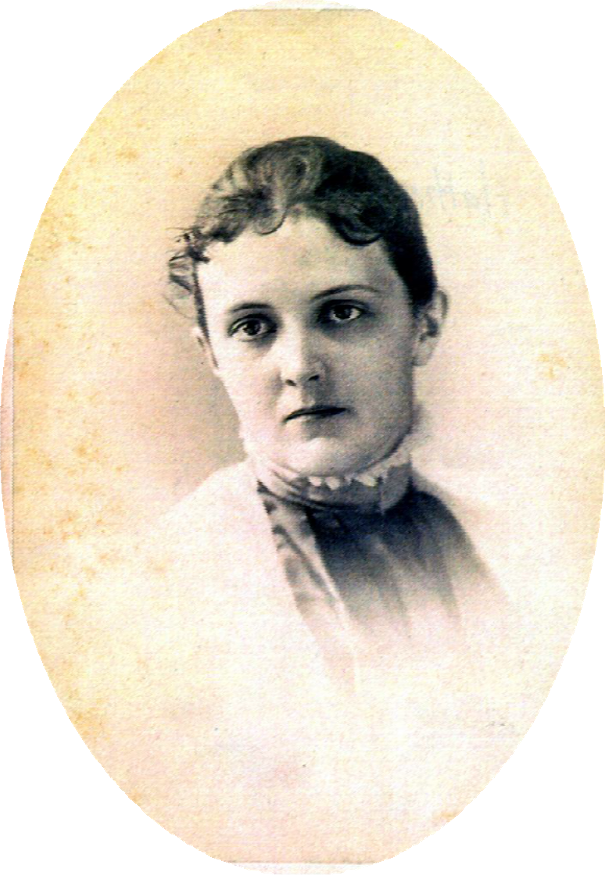
Hattie Gale Sanders: The first teacher in southeast Florida
This article from the 2010 fall issue of Tustenegee is by Janice G. Owens. For proper context, please note the original publication year of all reprinted articles here; they receive only minimal editing.
In the mid-1880s there was not one school in all of southeast Florida. A group of ambitious pioneer ladies of the Lake Worth settlement petitioned the County Commissioners at the new county seat of Juno, located at the head of Lake Worth, for funds to build a school for their children. Land had been donated by Squire Hoagland and the Brown Family homesteads, just south of the lot where the second Bethesda-by-the Sea Episcopal Church eventually stood along the shores of Lake Worth in Palm Beach, or one-mile north of the Flagler Memorial Bridge. The School District allotted $200 for lumber shipped from Jacksonville, Florida. Under the watchful eye of George Lainhartand the assistance of Ross Brown, the men of the community all pitched in and built a 22-by-40-foot one-room schoolhouse.
School opened in early March 1886. On that first day of classes, the teacher, sixteen-year old Hattie Gale, greeted seven students ranging in age from six to seventeen. As the year progressed more children attended the school.
Hattie Louisa Gale was born on January 20, 1870, in Manhattan, Kansas, to Reverend Elbridge Gale and Elizabeth Carpenter Gale. Shortly after Reverend and Mrs. Gale were married, Hattie’s older brother George was born in 1854 and a sister, Ella, in 1856. The family moved from Vermont to Illinois where Reverend Gale was pastor of a small country Baptist church.
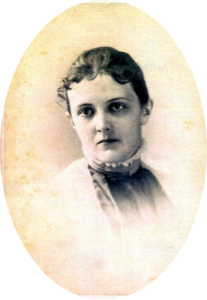
Preservation Foundation of Palm Beach.
When the Civil War ended, they travelled to Kansas, first by rail and then by covered wagon which stopped at Milford, Kansas. Soon afterwards, Reverend Gale’s services were requested in Manhattan, Kansas, as pastor of a Baptist Church.
Gale regularly commuted to Manhattan by horseback until the family relocated there, not far from Kansas State Agriculture College. He joined the educational institution as a professor of Horticulture and Regent of the college.
During the winter of 1884, Reverend Gale became very ill; the weather in Kansas was proving to be detrimental to his health. The Gales agreed it would be best if he traveled to a much warmer climate. Reverend Gale packed his trunk, purchased a train ticket, and headed south to Jacksonville, Florida.
On his way to Jacksonville, he was told of warmer weather further down the east coast of Florida. He knew that he wanted to get below the frost line. His journey took him on the St. Johns River steamer south to Sanford then on towards Rockledge on another steamer. Eventually arriving along the shores of Lake Worth, he found what seemed like paradise. His letters home were joyful accounts of what he saw and how he felt.
Initially Reverend Gale found work with Elisha Dimickas a carpenter. Next he established a homestead claim on the west side of Lake Worth which required building a residence and he built a rough pine cabin with a saw palmetto roof. His son George and family joined him along the lake in February 1885. They worked diligently to get George established with some property, built a cabin, and even secured a job in a new store as storekeeper north of the Brelsford’sstore. Reverend Gale returned home to Kansas later that spring.
When fall came, it was decided that the youngest daughter Hattie would go south with her father instead of returning to college. Her parents felt that she was “too young and too much interested in three or four boys” and that she wasn’t very strong… and she was very happy to go! Fifteen–year old Hattie Gale traveled with her father down the same route he had taken the previous year with one exception, they took the stage coach from Jupiter to the west side of Lake Worth right to the front of her brother’s house. Hattie lived with her brother’s family and father for about one year.
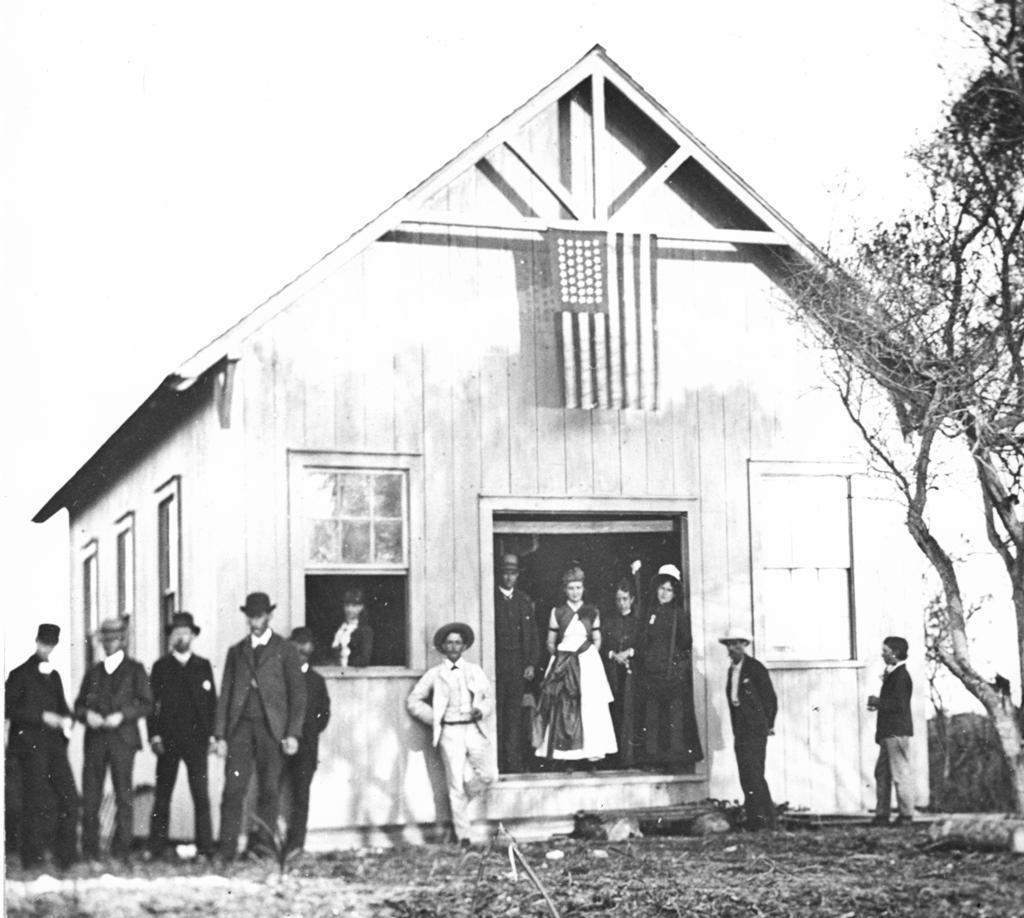
It was during her initial visit to the Lake Worth area that Hattie Gale, who was very well educated, was chosen to teach at the first public school of Dade County. Hattie taught at the one-room schoolhouse in the spring of 1886. By fall, her father had completed building a very comfortable cottage on his homestead claim. After he and Hattie set up housekeeping, her mother came south for the winter. Her mother had enough of Florida and was ready to return to Manhattan in the spring of 1887. Hattie accompanied her mother back to Kansas to complete her college education at Kansas State Agriculture College, now Kansas State University. They arrived at the same time her original class was graduating.
After the commencement, many of the students were leaving for summer vacations at the Union Pacific Railroad Station in Manhattan, Kansas. Hattie was there with some friends when she was introduced to a big, young college student with a guitar strapped to his shoulder, William H. Sanders. While attending school they took several classes together. Mrs. Gale took in students as boarders and Will Sanders was among the twelve college students that stayed at the Gale household. From Will’s recollection “Those years that I boarded in the Gale house, firmly formed the future pattern of two people, -to-wit, -Hattie Louisa Gale, and William Henry Sanders.”
Hattie graduated from college in the spring of 1889 and spent the summer with her sister, Ella Kedzie. Next, she returned to Florida to join her father as house-keeper on his homestead. From Will Sanders’ recollection, “During that winter she taught the Mangonia School for six months and used all of her “munificent‟ salary to buy household equipment towards the day when we were to be married.” Mangoniawas a small post office settlement near her father’s homestead claim.
The following August of 1890, Will graduated from Kansas State Agriculture College. He immediately borrowed a hundred dollars from his sister and made his way to Florida. One week later he arrived at George Gale’s home where he and Hattie were reunited. Two weeks after his arrival, August 24, 1890, Hattie Gale and Will Sanders were married by her father, Reverend Elbridge Gale.
With less than a hundred dollars and some household equipment, Hattie and Will rented a small house. Will taught at the MangoniaSchool. In June of 1891 Hattie gave birth to their first son, Elbridge Gale Sanders. With her mother going north for the summer, Hattie and Will moved into her father’s house. Will worked for George Lainhartas a carpenter. His pay was two dollars a day to work ten hours plus he had to row his boat to work and back. For the next year Hattie, Will, and their son lived with Reverend Elbridge Gale. Will’s father stayed with them part of the time as well.
When young Elbridge was a year old, Hattie’s mother arranged for Hattie and the baby to spend the summer with her in Johnson, Vermont, where she had been born and married. When they returned to Lake Worth, she found that Will had built a new home on the lakefront property her father had given them. Hattie’s mother died suddenly in February of 1893. Her father insisted that the small family move in with him.
Will Sanders, Hattie’s husband, worked many different jobs during his lifetime. In 1906 the family had moved to Miami due to his job as an engineer on a power boat. While working on the Flagler Overseas Railroad project near Long Key he was swept out to sea during a hurricane. Fortunately, he was one of the seventy-two survivors.
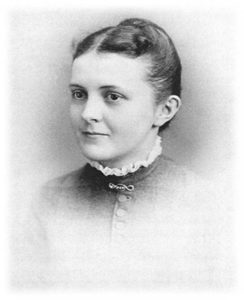
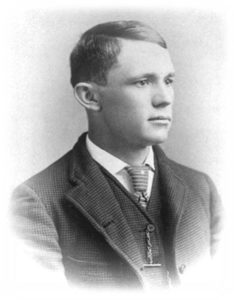
While Will worked in St. Augustine with the East Coast Canal Company, Hattie and their four children returned to their home on the lakefront with her father. Reverend Elbridge Gale died suddenly in November 1907.
Hattie and Will had six children: Elbridge Gale Sanders (1891-1967), Anna Elizabeth Sanders (1894-1947), Carew Henry Sanders (1895-1938), Margaret Sanders (1901-1903), Dorothy Louise Sanders (1904-2005), and William “Billie” Thomas Sanders (1912-1933).
When the children reached the age to attend college in 1908, Hattie took the children back to Manhattan, Kansas. Hattie felt that the schools were much better in Kansas and wanted the best education for her children.
Three of their children graduated from Kansas State Agriculture College. Will remained in Florida as Superintendent of Dredges for the completion of the Inland Waterway from Jacksonville to Key West.
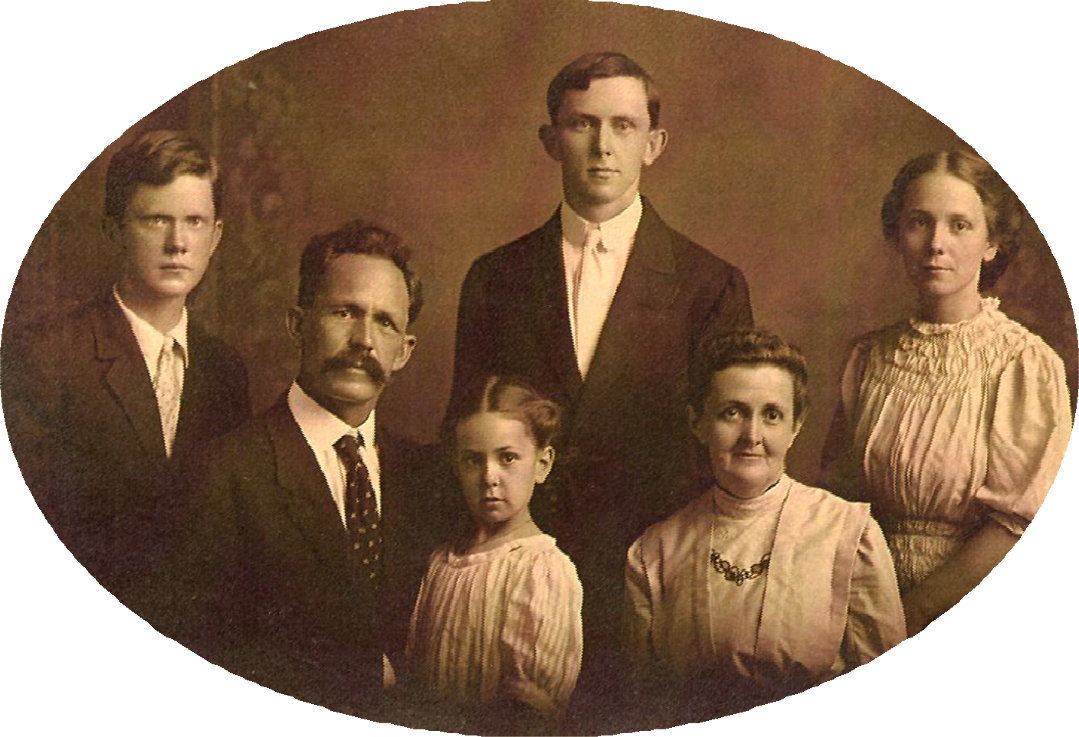
Will finally joined his family in Kansas. He became an Associate Professor of Agriculture Engineering at Kansas State Agricultural College in 1912 and in 1916 was granted the professional degree of Mechanical Engineer for his thesis based on his work as a dredging engineer in Florida.
In 1930 Hattie and Will decided to return to their beloved Florida and lived their retirement years in Inverness. Over the span of their lives Hattie and Will enjoyed seven grand-children and many great-grand-children.
On August 1, 1955, Hattie Gale Sanders died in Inverness. Shortly after her death, Will Sanders wrote these words about Hattie: “Mrs. Sanders was a loving and devoted wife for almost sixty-five years. Whatever her sons and daughters have amounted to, -during their lives, -is due in the greatest measure to the outstanding character of their Mother.”
Her grandson, John Elbridge (Jack) Sanders, recalls her as a “soft spoken, warm and caring lady who had a deep and abiding love for her family. She was quick of wit and kind of heart. My grandmother always had a gentle smile and a kind word for everyone. I do not believe I ever saw her frown.”
William H. Sanders died in St. Joseph, Missouri, on September 18, 1967. It was both Will’s and Hattie’s wishes that their ashes be scattered along the Suwannee River. And so they were. Both Will and Hattie Gale Sanders now remain forever a part of their beloved and cherished Florida home.
References:
A Centennial History of the Founding of the Dade County Public Schools, by AsterieBaker Provenzoand Eugene F. Provenzo, Jr.
Gale-Sanders Geneology, copies from John Elbridge Sanders at the Preservation Foundation of Palm Beach.
Janice Owens, co-Executive Director of the Preservation Foundation of Palm Beach, is a native of West Palm Beach, Florida. She graduated from Florida Atlantic University with a Bachelor of Arts degree in education and has been at the Preservation Foundation since 1993. She has developed numerous programs including the living history program at the Little Red Schoolhouse and co-writer of the tabloid “History in Your Own Backyard” with the Historical Society of Palm Beach County, the School District of Palm Beach County, and The Palm Beach Post(2007).
Historical Society of Palm Beach County
You might also enjoy
A Celebration of Pride
Advertisement announcing the opening of H.G. Roosters in 1984. Celebrating
Black Cultural Heritage Trail
Learn of the Rich Cultural Heritage of Palm Beach County
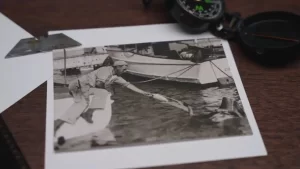
The Conchtown Rumrunners
The Conchtown Rumrunners Behind the Palms, Episode 2 Volstead Act

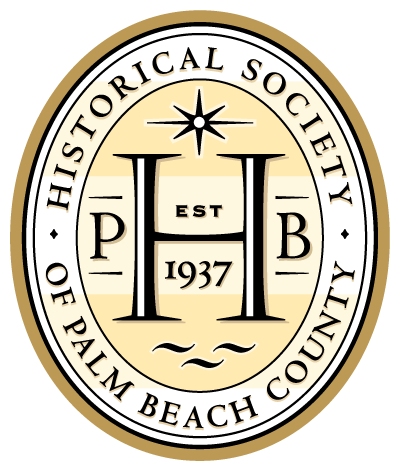


 Catching a glimpse?
This is your peek into o
Catching a glimpse?
This is your peek into o





What a pleasant surprise! When I read the title “What Ever Happened to Hattie Gale” I thought to myself, I wrote an article with that exact same title years ago…. Thank you.
As former Director of Education at the Preservation Foundation of Palm Beach it was a privilege spent learning, teaching and sharing the amazing facets of history of Palm Beach County. The Little Red Schoolhouse program has a special place in my heart. Many thanks again and I enjoy keeping up with all of the good you all do at the Historical Society Palm Beach County.
Janice Owens
Thank you as well, Janice, for speaking up and for your many years of sharing our mission. Stay tuned! Lise Steinhauer